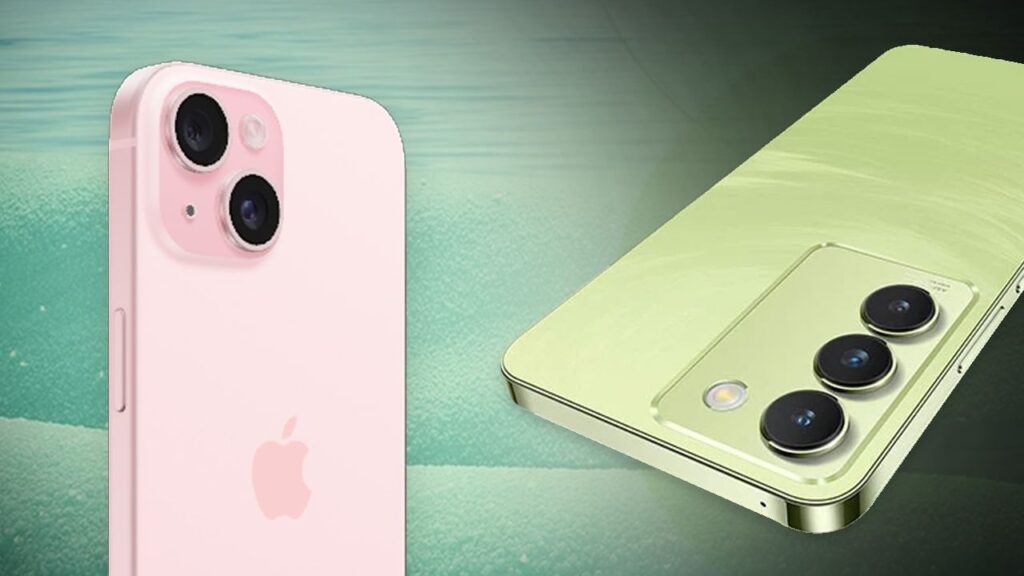In today’s world, anyone buying a smartphone often starts by checking the camera. If a phone boasts a high megapixel count, potential buyers are more likely to consider it for purchase. However, is having a camera with high megapixels truly essential? Does a higher megapixel guarantee better photo quality? If so, Android smartphones would have overshadowed iPhones by now.
Surprisingly, a 48-megapixel camera on an iPhone can often outperform a 200-megapixel camera on an Android device. Let’s dive into what makes the iPhone’s 48-megapixel camera uniquely capable compared to its higher-megapixel Android counterparts and understand the key differences.
Importance of Megapixels in Camera Quality
- While megapixels do matter, having a high megapixel count alone doesn’t ensure superior image quality. To achieve excellent photographs, several other factors are crucial, including sensor size, lens quality, aperture size, and image processing. If a phone incorporates all of these characteristics, it can produce images that surpass those taken by a camera with merely a higher megapixel count.
- Beyond these qualities, obtaining stunning photos and videos also depends on lighting conditions and the skill of the photographer. Many individuals lack the knowledge of the proper techniques for taking photos, including understanding how to adjust their camera settings for light, aperture, exposure, and color contrast. If someone is unaware of these factors, even the best camera won’t produce exceptional content.
- It’s essential to check the lens specifications when considering a smartphone purchase. Investigate the lens quality, sensor size, and whether advanced image processing is included. The lens plays a vital role in capturing high-quality images.
iPhone vs. Android Cameras
Despite having a 200-megapixel camera, many Android smartphones fail to match the photo quality achieved by an iPhone’s 48-megapixel camera. Various smartphone manufacturers continually focus on increasing camera megapixels in their new models. However, this increase often does not translate into improved picture quality, smooth video transitions, or superior zoom functionality, all of which are effortlessly delivered by iPhones.
If we analyze the trends on social media, it’s evident that users creating Instagram reels or any form of content frequently turn to iPhones or DSLRs. In terms of social media content creation, most photo and video creators have a strong preference for iPhones due to their exceptional camera capabilities.
Comparison Table: iPhone vs. Android Camera
| Feature | iPhone (48 MP) | Android (200 MP) |
|---|---|---|
| Image Quality | Outstanding | Good |
| Video Transition Smoothness | Excellent | Average |
| Low Light Performance | Superior | Moderate |
| Zoom Quality | Excellent | Decent |
| User Preference | High | Variable |
In conclusion, it’s clear that while higher megapixels can be appealing, they do not singularly determine the quality of photographs and videos produced by a smartphone camera. A comprehensive evaluation of camera features, coupled with user knowledge and skill, plays an invaluable role in capturing stunning visuals. Ultimately, the choice between an iPhone and an Android device should consider overall camera performance rather than simply megapixel counts.
